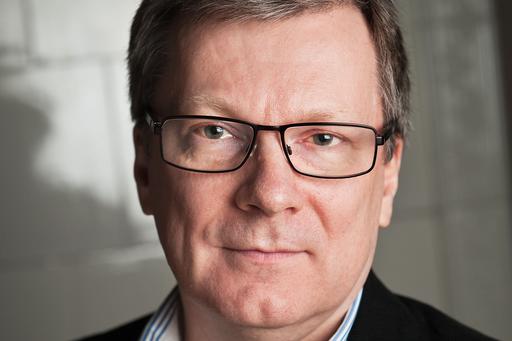
The Changeability of Sounding Reality: Towards an Expanded Space for Interpretation
Short description
Dissertation by Tomas Löndahl, 2022.
Starting from notated western art music, Tomas Löndahl explores the artist's potential space for interpretation of a notated work, and how this space can be expanded. He does this by relativizing the relationships between the musical work, the symbols of the score and the sounding music. He also combines a freer approach to work with an artistically informed freedom, based on contextual and analytical investigations of the music. In a series of performance experiments with music by Ludvig Norman (1831-1885), Löndahl alters and recomposes the notated musical parameters. In this way, he explores and expands the artist's performance space, and the sounding results can thereby generate new artistic connections and unleash new and unexpected musical expressions.
Abstract
For artists, the impact of the symbols in a score on interpretational positions may on some occasions be experienced as problematic. This is especially the case for artists, experiencing the classical musical tradition to have an inhibitory influence on their performances. The aim of this dissertation is to investigate – within the field of notated western art music – the performing artist’s potential space for interpretation and its possibilities to expand. One prerequisite for the investigation is to explore how this space can be expanded through a relativization of the correlations between the musical work, the symbols of the score, and the sounding music. Different views on work concepts and on symbols are discussed and problematized, resulting in a formulated new approach to the score. Two series of experiments with works by the Swedish composer Ludvig Norman (1831–1885) were preceded by research on the context of the works, as well as by analyses of the notated musical parameters of the scores. The outcomes from these investigations, together with the new approaches towards the work concept and the notated symbols, formed the premisses for an artistically informed freedom during the interpretational explorations. These explorations included deliberately amended or recomposed versions of the music, and parametrical improvisations based on artistic investigations beyond the original notations. At times musical material not emanating from the notated symbols were also added. This intertwining of thorough research and analysis with an experimental approach, changed the preconditions for the interpretational solutions. Within the widened and flexible space for interpretation, the musical parameters – through the intentional and open-ended reconfigurations of them – were allowed to acquire new properties and new relationships with each other. New sounding realities and new artistic insights were thereby developed, as well as unconventional and cross-boundary ways of interpretational realisations. My articulated method to combine an acquired artistically informed freedom with a new permissive view on the work concept thus displayed sounding solutions, where exploring and expanding interpretative spaces could unleash new and unexpected expressions. In that sense this dissertation contributes to the field of musical interpretation far beyond the music of Norman.
